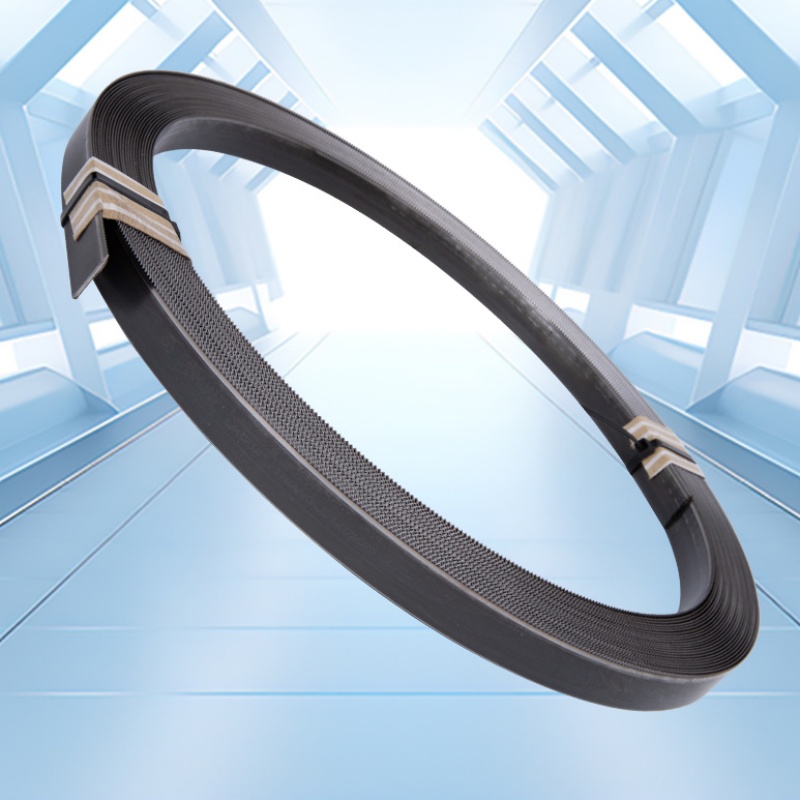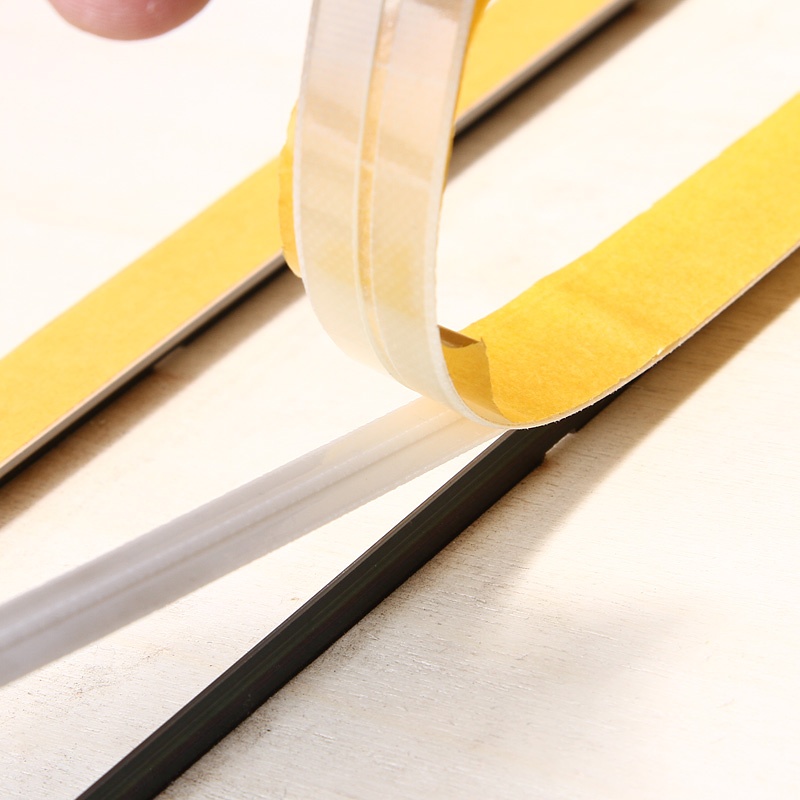
Precision steel crafting procedures are crucial function in fabricating superior modules over a comprehensive variety of domains. This type of metal manifest remarkable durability, helping them to bear severe stresses involved in industrial operations. From aerospace assemblies to food processing tools, rule die steel maintains its role in a plethora of domains.
- Aerospace units: Rule die steel is indispensable for crafting strong and detailed assemblies such as bearings, seals and brackets.
- Biomedical systems: The fine detail and longevity of rule die steel make it ideal for manufacturing elaborate high-tech apparatus.
- Stamping Dies: Rule die steel is the primary material of strong tooling and molds used in various manufacturing systems, ensuring dependable product production.
Accuracy Cutting Rules for Exact Sheet Metal Fabrication
Realizing precision in sheet metal fabrication involves meticulous attention to detail, particularly when it comes to shearing. Deploying the right cutting rules is fundamental to providing accurate and consistent results. First and foremost, selecting the appropriate cutting method for your material thickness and desired edge quality is paramount. Options include water jet cutting, each with its own benefits. Furthermore, understanding material properties like tensile strength, ductility, and hardness can help prevent warping or damage during the cutting process. Always access a material's datasheet for detailed guidelines on safe cutting practices.
- Equally, maintaining sharp cutting tools is fundamental for flawless cuts and preventing stress on the sheet metal.
- Prewarming the material can reduce thermal stress and improve cut quality in thicker materials.
- Ultimately, post-processing steps like deburring and edge finishing are key for ensuring a professional and functional product.
Familiarizing with Punch and Die Construction
Punch and die construction is a key aspect of the metal stamping process. These tools produce metal sheets into various elements by applying fine pressure. The design and construction of punches and dies strongly influence the outcome of the stamped wares. A well-constructed punch often features a hardened steel tip to withstand repeated strikes, while the die supports this force with a precisely machined cavity. The correlation between these two elements guarantees the faithful transfer of shape and measurements to the metal sheet. The depth of punch and die construction can alter based on the particular requirements of the stamping application. Aspects such as the material thickness, shape complexity, and production volume all play a role in determining the schematic of the tools. Understanding these fundamental principles of punch and die construction is pivotal for anyone involved in the metal stamping industry. From manufacturers to operators, a solid grasp of this subject can foster to increased efficiency, product quality, and overall success.Boosting Fold Quality Using Creasing Matrices
When it comes to achieving precise shaping in the realm of fabrication and material processing, creasing matrices emerge as a essential element. These specialized tools, often crafted from rigid materials like stainless steel, are strategically designed to impart distinct creases into sheets or substrates. By exerting controlled pressure at specific points along the material's surface, creasing matrices effectively form fold lines that guide subsequent bending operations. This pre-creasing process markedly enhances folding accuracy, resulting in more dependable and attractive final products.
- The precise nature of creasing matrices allows for the production of sophisticated folds and designs.
- They can be customized to accommodate a wide range of material thicknesses and properties.
- Creasing matrices play a vital role in industries such as paper manufacturing, cardboard packaging, and printed circuit board fabrication.
Accelerated Rule Die Steel for Automotive Industry
The car domain is continuously seeking materials that can withstand the harsh conditions of manufacturing and functionality. Especially, high-speed rule die steel has emerged as a vital material due to its exceptional aspects. This blend exhibits extraordinary hardness, wear resistance, and toughness, making it ideal for producing intricate car parts.
- Moreover, its ability to maintain these properties at elevated temperatures enables efficient production processes.
- Employments of high-speed rule die steel in the automotive industry are extensive.
- Examples include cutting tools, molds for plastic components, and dies used in sheet metal stamping.
Optimizing Rule Die Steel Hardness for Cutting Performance
Realizing optimal cutting performance with rule die steel hinges on carefully identifying the appropriate hardness level. A equilibrium between hardness and ductility is fundamental to ensure both pointedness of the cutting edge and resistance to fracturing. Firm steels can withstand increased cutting forces and resist deformation, leading to longer tool life. However, excessively hard steels may become brittle and prone to fracturing, compromising the integrity of the cutting process.
- Elements like material being cut, cutting speed, and feed rate all affect the ideal hardness range.
- Employing hardening methods can effectively modify the hardness of rule die steel.
Understanding the relationship between hardness and cutting performance allows for maximization of tool life, surface finish, and overall cutting efficiency.
Guidelines for Punch Design Across Materials
When designing punches for material manipulation, several required considerations must be taken into account. The type of material being punched significantly influences the punch design. For instance, tough materials like steel require punches with reinforced edges to effectively penetrate and deform the material. Conversely, softer materials like aluminum can be punched with punches featuring smoother geometries to minimize edge damage and ensure clean cuts. Also, factors such as the material's thickness also play a role in punch design. Thicker materials often necessitate larger punch diameters and increased impact for successful piercing. Understanding the material's composition is essential to select an appropriate punch material and geometry that ensures optimal performance and minimizes tool wear. In brief, a well-designed punch should effectively deform the material while minimizing deformation, damage, and tooling wear.Cutting Die Care of Cutting Dies
Maintaining cutting dies in peak condition is key for ensuring accurate and efficient die-cutting operations. Over time, the cutting edges of dies can become dull or damaged, leading to inconsistent cuts, material offcuts, and increased production costs. To maximize die lifespan and optimize cutting performance, it's imperative to follow a regular sharpening and maintenance schedule.
- Regularly inspect cutting edges for signs of wear, such as chipping or rounding.
- Implement specialized sharpening tools designed for die-cutting applications.
- Clean dies thoroughly after each use to remove debris and prevent rust buildup.
- Store dies in a clean, dry environment when not in use to protect them from corrosion.
By adhering to these best practices, you can extend the life of your cutting dies and ensure consistent, high-quality die-cutting results.
Practical Guide to Selecting Rule Die Steel
When electing rule die steel, consider its job. Various types of rule die steel dominate in different applications due to their unique specifications. For example, high-carbon steel is advantageous for resistant rule dies used in demanding applications like production production. On the other hand, tool steels with enhanced elements are often favored when abrasion resistance is paramount.
- Discuss a reputable rule die steel vendor to determine the best kind for your specific needs.
- Variables like manufacturing process, production volume, and workplace atmosphere all affect the ideal rule die steel optioning.
Take into account that proper upkeep and lubrication can significantly extend the lifespan of your rule die steel, regardless of its form.
Sharp Creasing Matrix for Packaging Applications
In the realm of specialized packaging design, precision is vital. A durable creasing matrix plays a vital task in ensuring clean, precise creases that enhance the visual impact of packaged products. These matrices are meticulously developed from durable materials like steel or carbide, and they come in various designs to accommodate diverse packaging conditions.
The fineness of a creasing matrix directly impacts the strength of the finished package. A well-maintained creasing tool matrix will result in even creases that not only upgrade the product's visual presentation but also contribute to its stability.
- Criteria to consider when choosing a creasing matrix include the surface of the packaging, the required angle, and the extent of production.
- Routine maintenance of the creasing matrix is necessary to support its accuracy and maximize its durability.
- Focusing in a high-quality creasing matrix can be a effective decision for any packaging operation, as it contributes to the efficiency of the production process and enhances the overall quality of the finished product.
Case Studies: Successful Implementation of Rule Die Steel Apply
A compelling array of case studies illustrate the remarkable efficacy of rule die steel across diverse industrial applications. From the demanding realm of automotive manufacturing to the intricate world of electronics production, these real-world examples display the transformative power of this advanced material. Institutions have leveraged rule die steel to achieve marked improvements in product quality, output efficiency, and overall system resilience.
- One notable case study centers on a leading supplier of aerospace components, where the implementation of rule die steel caused a considerable reduction in part defects and an augmented production cycle time.
- In another instance, a renowned electronics manufacturer successfully deployed rule die steel to fabricate intricate circuit boards with unprecedented precision and accuracy, leading to a significant improvement in product reliability.
These case studies provide irrefutable evidence of the versatility of rule die steel as a solution for confronting the evolving requirements of modern industries.
